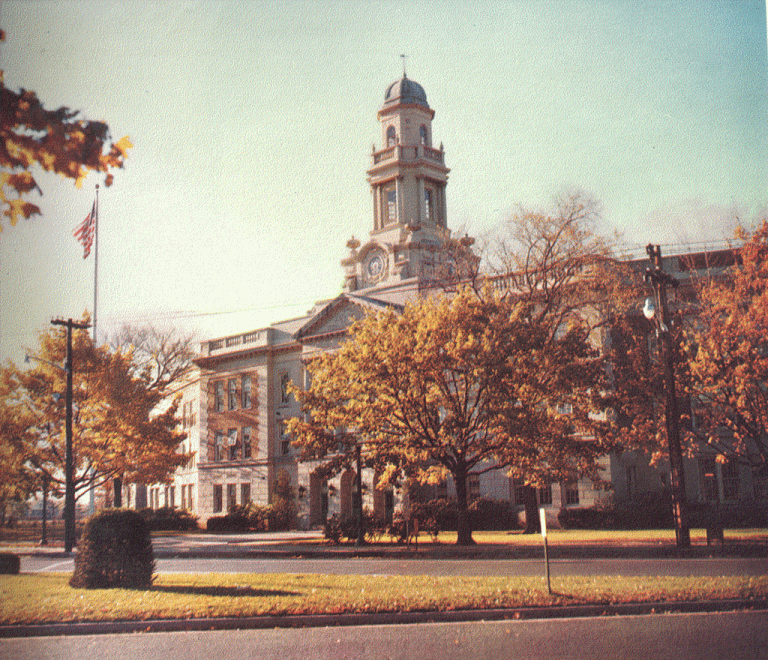
Several teacher retirements have reduced the size of a budget hole in the Sewanhaka Central High School District by about $1 million, administrators said Wednesday.
A number of senior teachers accepted the district’s retirement incentive, cutting salary expenses in the 2017-18 budget and leaving administrators with $1.3 million in potential cuts, district Superintendent Ralph Ferrie said.
Administrators said last week that they would need to cut $2.3 million from the $192.8 million budget to keep from increasing the property tax levy more than 4.75 percent, the maximum hike allowed this year under the state’s tax cap law.
“Now we’re in the process of looking at and monitoring how we’re going to close a $1.3 million gap, which is a lot better than where we were a week ago at this time,” Ferrie told the Sewanhaka school board Wednesday.
Any budget cuts will not affect academic programs or staff, Ferrie said, saying administrators would look for “creative alternatives” to find the money.
Kevin O’Brien, the assistant superintendent for finance and operations, declined to say how many teachers agreed to retire or what incentives they were offered because the retirements are not official until the school board accepts them at its March 28 meeting.
Administrators and school board members met with state lawmakers Thursday to lobby for more state aid money, which they hope will help close the gap further, Ferrie said.
Sewanhaka is set to receive $37.6 million in state aid, about $3.2 million more than last year, O’Brien said.
Sewanhaka is looking to increase spending by about $8.7 million next year, driven by higher debt service payments toward a $86.5 million bond for capital projects that voters approved in 2014.
The last of the projects it funded is set to be complete this spring.
Sewanhaka spends the least per pupil among North Shore districts with high schools, and relies on state aid more than all other districts. State money makes up 19.2 percent of the district’s budget this year.
About 37 percent of Sewanhaka’s state funding is “expense-driven,” meaning it helps cover specific costs such as transportation or services for students with special needs.
That means the district will ask state legislators to secure more foundation aid, which is distributed based on need, or “bullet aid” grants that lawmakers give to school districts at their own discretion, O’Brien said.
“We’ve spent money for building improvements, we’ve spent money on transportation, we’ve spent money on other items to which we’re now entitled to, based on the formulas, monies back,” David Fowler, the Sewanhaka school board president, said Wednesday. “The overall aid picture is not as rosy as it appears.”






